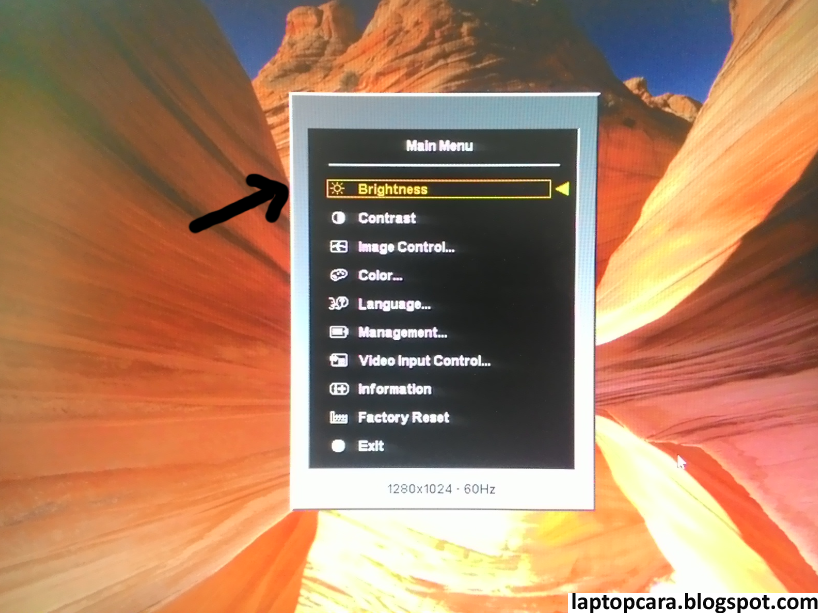

- #HOW TO ADJUST BRIGHTNESS MAC OS ASUS MONITOR PRO#
- #HOW TO ADJUST BRIGHTNESS MAC OS ASUS MONITOR SOFTWARE#
This is why each display has to be calibrated individually! So when it comes to being able to properly calibrate a screen, a proper hardware colorimeter is a must-have tool and unfortunately, there are no shortcuts here. This doesn’t work due to things like differences in brightness levels, tolerances, age of display, etc. Lastly, don’t attempt to use a monitor profile from someone who calibrated their screen, even if both screens are identical. In addition, while it might be tempting to try out different built-in display profiles within your operating system, those don’t help in achieving proper calibration either, and they can also make things look much worse than the defaults.
#HOW TO ADJUST BRIGHTNESS MAC OS ASUS MONITOR SOFTWARE#
So despite those built-in OS calibration tools and other third-party software that seemingly help make your colors more accurate, you should avoid using those at all costs! Your eyes and your brain’s perception of colors is pretty horrible, so trying to use software tools to calibrate a monitor will potentially make your monitor even worse than what you started with. Now let’s get one thing straight – as a photographer, you do not want to even try to self-calibrate a monitor without proper hardware and software. Hardware Colorimeters vs Software Calibration In fact, I can run the same test for most similar monitors out there and they will all reveal similar results, which shows that proper screen calibration with a good colorimeter and understanding of color calibration software is very important. My blues were out of whack and the reds were also oversaturated, so this monitor definitely needed calibration. With brightness levels being too high for proper editing and automatic brightness adjustment turned on, I knew that the default settings just wouldn’t work. Instead, I will provide step-by-step instructions on how you can quickly and accurately calibrate your Apple Mac display for photography needs.Īs you can see, this simple test reveals that the iMac screen is far from being color-accurate out of the box.

I would recommend getting started with the Basics of Monitor Calibration, where you will find plenty of valuable information on monitor calibration. In this article, I am not going to go into details about color management and calibration, as these topics have been explained in detail by someone who is far more knowledgeable than me. Unfortunately, many photographers seem to think that they don’t need to worry about calibration at all with Apple products, which is certainly not the case.
#HOW TO ADJUST BRIGHTNESS MAC OS ASUS MONITOR PRO#
With Apple being a key player in the photography industry with its iMac, MacBook, and Mac Pro hardware, specifically tailoring products for enthusiast and professional needs, there seems to be a great deal of misunderstanding and confusion about these products, their factory calibration / out-of-the-box accuracy and the proper process of calibrating them. Because of this, our output devices such as monitors and printers should always be properly calibrated to reproduce accurate colors consistently. Apple’s iMac and iMac Pro displays should be properly calibrated for use in photographyĪs photographers, it is important for us to establish a consistent and accurate editing environment, which means that ideally, we should be looking at an accurate representation of colors in photographs in order to properly post-process them.


 0 kommentar(er)
0 kommentar(er)
